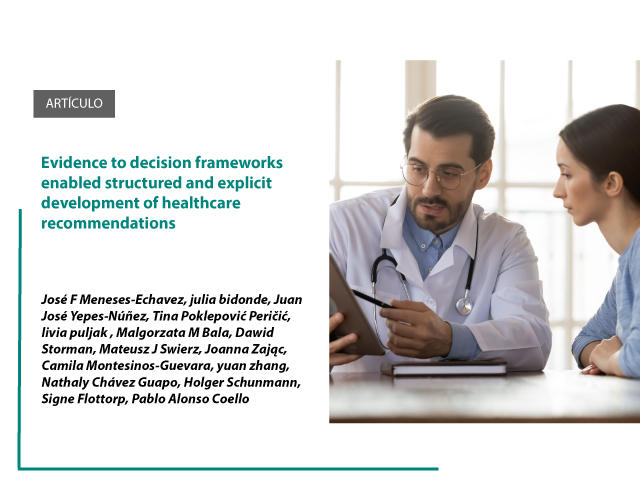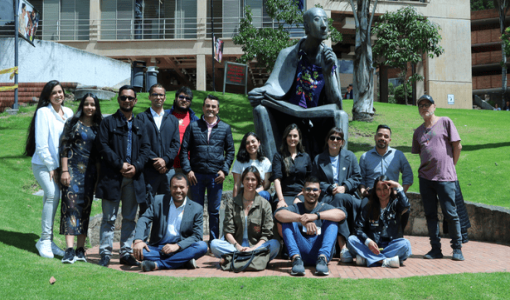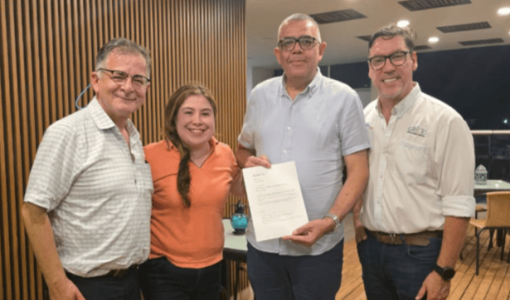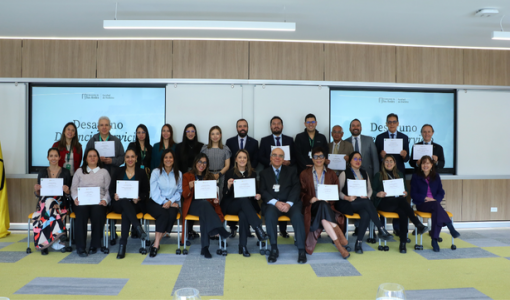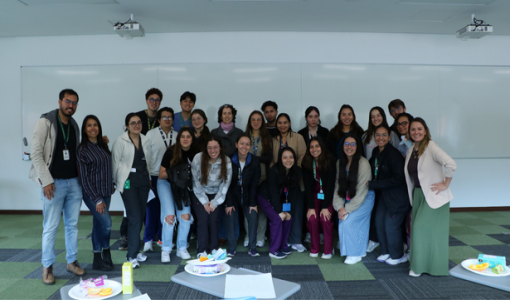[Artículo]
Los invitamos a leer el siguiente artículo que contó con la participación del Dr. Juan José Yepes Nuñez
Abstract
Objective: The aim of this study is to identify and describe the processes suggested for the formulation of healthcare recommendations in healthcare guidelines available in guidance documents.
Methods: We searched international databases in May 2020 to retrieve guidance documents published by organizations dedicated to guideline development. Pairs of researchers independently selected and extracted data about the characteristics of the guidance document, including explicit or implicit recommendation-related criteria and processes considered, as well as the use of evidence to decision (EtD) frameworks.
Results: We included 68 guidance documents. Most organizations reported a system for grading the strength of recommendations (88%), half of them being the GRADE (Grading of Recommendations Assessment, Development, and Evaluation) approach. Two out of three guidance documents (66%) proposed the use of a framework to guide the EtD process. The GRADE-EtD framework was the most often reported framework (19 organizations, 42%), whereas 20 organizations (44%) proposed their own multicriteria frameworks. Using any EtD framework was related with a more comprehensive set of recommendation-related criteria compared to no framework, especially for criteria like values, equity, and acceptability.
Conclusion: Although limited, the use of EtD frameworks was associated with the inclusion of relevant recommendation criteria. Among the EtD structured frameworks, the GRADE-EtD framework offers the most comprehensive perspective for evidence-informed decision-making processes.
Keywords: Certainty of evidence; Clinical practice guidelines; Decision making; Evidence synthesis; Evidence-based practice; Evidence-to-decision framework; GRADE; Health recommendations; Methods; Practice guidelines; Systematic reviews.

